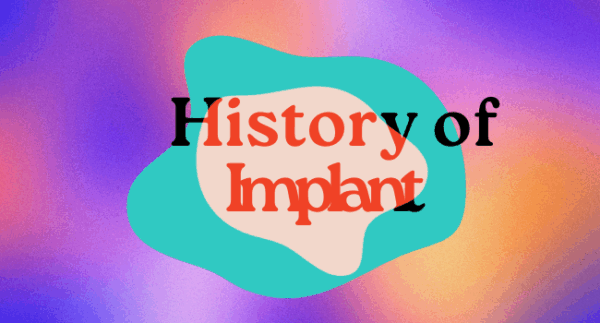Contraceptive Pearl: Marijuana, E-Cigarettes, and Pregnancy
Written by Meghan Hynes
This Pearl is the third part of a three-part String of Pearls series that examines the effects of different substances on fetal development and recommends harm reduction strategies to reduce risks involved with substance use during pregnancy. You can read the first two parts on our website.
Electronic cigarettes and marijuana are two of the most commonly used substances throughout the world.
Marijuana
Two to five percent of pregnant people report using marijuana, the substance most commonly used by pregnant people.1 However, studies show that most people gradually reduce the amount they use or stop using it altogether during pregnancy.2 Marijuana use is not linked to preterm birth, perinatal mortality, or impaired cognitive abilities, but people who use marijuana more than once a week during pregnancy have a small but detectable risk of delivering infants with low birth weights.^1 THC is excreted into human milk in small quantities and can remain in human milk for about 8 days. The long-term outcome of infants exposed to cannabis via human milk is not well understood, so it is generally recommended that breast/chestfeeding people avoid cannabis use.3 Clinical studies have shown that marijuana dependence can be alleviated by buspirone, and researchers are currently studying medications to reduce marijuana withdrawal symptoms.4
E-cigarettes
E-cigarettes or vapes are battery-operated devices that may contain nicotine, flavorings, chemicals, and heavy metals. The variability between products makes it difficult to draw definitive conclusions about their effects during pregnancy. However, most E-cigarettes contain nicotine, which increases the risk of many adverse outcomes including stillbirth, low birth weight, preterm delivery, pregnancy complications, damage to the lungs and brain that can last into teen years, learning disabilities, congenital abnormalities, and sudden infant death syndrome.5
E-cigarettes, though still harmful to health, are less harmful than combustible cigarettes due to their reduced nicotine and reproductive toxicants.6 Evidence suggests that E-cigarettes may help some people quit smoking, but the demonstrated effect is modest.7 The medications varenicline and bupropion are effective smoking cessation treatments that are safe to take during pregnancy. Recent studies have shown that varenicline may be more effective than bupropion.8
Considerations for Care
Research shows that people who face negative stereotypes about smoking suffer from increased anxiety, reduced self-control, and diminished likelihood of quitting.9 The most important thing a clinician can do to improve health outcomes for pregnant people who use marijuana, e-cigarettes, or other substances is to recommend quitting without shaming, stigmatizing, or coercing.
Celebrate any positive change: Acknowledge and commend any steps taken to reduce risks, including cutting back.
Meet people where they’re at: Many people use marijuana and cigarettes to medicate pain, control nausea, or reduce anxiety. Discuss safer methods of treating these concerns with patients.
Recommend behavioral therapies: Researchers have shown that cognitive behavior therapy reduces the use of cigarettes and marijuana during pregnancy.6,10 Contingency management programs and financial incentives have also proven to be very effective.11
Prescribe covered treatments: Some e-cigarettes cost less than pharmacotherapies, which may lead some pregnant people to choose this method over other treatments. Insurance often covers Nicotine replacement therapies, such as nasal sprays, gum, and patches. Work with billing departments to reduce any cost barriers.
Sources:
Pharma-free: The Reproductive Health Access Project does not accept funding from pharmaceutical companies. We do not promote specific brands of medication or products. The information in the Contraceptive Pearls is unbiased, based on science alone.
Sign-up to Receive Contraceptive Pearls Monthly!
If you enjoyed this Contraceptive Pearl, sign up to have them delivered to your inbox! Contraceptive Pearls are released on the third Tuesday of every month!
Sign-up to Receive Insights Monthly!
If you enjoyed this Pearl article, then check out Insights! Insights are monthly e-newsletters offering primary care clinicians evidence-based education on abortion and early pregnancy loss care (miscarriage). Read our latest Insights on our website. You can sign up to have Insights delivered to your inbox! Insights are released on the fourth Tuesday of every month!

